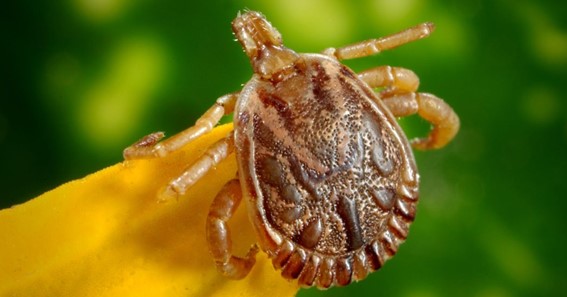It would be alarming news to see a tick or flee roaming around your furbaby’s body, but it’ll be more frightening when these parasites spread around your house like some beach house for these insects! Diseases spread by fleas and ticks, which would happen when these parasites feast on the blood of a host. Fleas and ticks are parasitic on cats, dogs, and a small variety of mammals and humans. They are also carriers of many viruses, protozoal parasites, and bacteria. And having these infections, neither your pet nor you as a person might be carriers of such diseases. Knowing what kind of illnesses these parasites bring might help you prevent deadly diseases your pet can acquire.
Bartonella
This bacterial parasite, spread by flea and tick bites, can infect dogs, cats, rodents, and humans with Bartonella. While reproducing, Bartonella invades red blood cells and uses the cell’s membrane as protection; This can also induce various symptoms depending on the strain present in the host. It is the cause of Cat-scratch illness in humans, but on a side note, laboratory blood tests can detect Bartonella, and most strains are treatable with medication.
Click here – Do you have a hard time passing your physics exams? Here we tell you how to do it and enjoy your vacation
Ehrlichiosis
Ehrlichiosis is a bacterial condition spread by tick bites; this infects and kills white blood cells in the host’s body. Tiredness, weight loss, anemia, and swollen lymph nodes and spleen are all symptoms of an infection; This can be identified through laboratory blood tests and is usually treatable with the antibiotic doxycycline.
Tapeworms
Fleas spread tapeworms that are parasitic flatworms consumed when grooming. Tapeworms live in the gastrointestinal tract and shed reproductive parts of their bodies known as proglottids. The proglottids are visible to the naked eye; thus, it’s passed in the host’s feces. Therefore, proglottids are frequently the only visible sign of a tapeworm infestation.
Lyme Disease
In the United States, Lyme disease is the most common tick-borne sickness. Thus, this is due to bacteria spread by tick bites. Its symptoms include sudden limping onset, anorexia, fever, or drowsiness. Therefore, dogs should have Lyme disease immunizations and flea and tick preventives, Those dogs who live in endemic areas or spend a lot of time outside, in particular.
Parasitic dermatitis
A pet’s sensitivity to flea saliva components can cause this allergic reaction. Whereas fleas concentrated, itchy, irritated skin and blemishes will emerge. Hair loss and infection may occur as a result of the discomfort. These symptoms may persist long after the flea infestation has been eradicated and may necessitate antihistamine and antibiotic treatment. Flea bites primarily cause parasitic dermatitis, but tick bites can also cause it.
Rickettsiae
Flea and tick bites spread rickettsiae, a form of bacteria. Typhus, Rocky Mountain spotted fever, flea-borne spotted, and tick bite fever are all Rickettsiae infections. The strain influences diagnosis and treatment.
Meningoencephalitis
Meningoencephalitis is an inflammatory disease caused by a variety of tick-borne viruses, and this type of illness attacks the brain, spinal cord, and surrounding membranes. The infection causes a loss of nervous system function. Infection symptoms include fever, discomfort, convulsions, and paralysis; This also develops quickly and can be lethal. To make a diagnosis, you can use cerebrospinal fluid analysis. If a tick-borne virus causes meningoencephalitis, treatment with antibiotics and anticonvulsants can be beneficial.
You don’t have to worry if your pets acquire these illnesses since most of these ailments have vaccines. In addition, preventing the parasites themselves is the recommended prophylactic for all flea and tick-related disorders. Yet you should not be complacent in times like this and go to your trusted or nearest vet to know what’s best for your pet’s health. Because, as they said, “prevention is better than cure.”
Click here – Why Is Dog Training Important?
